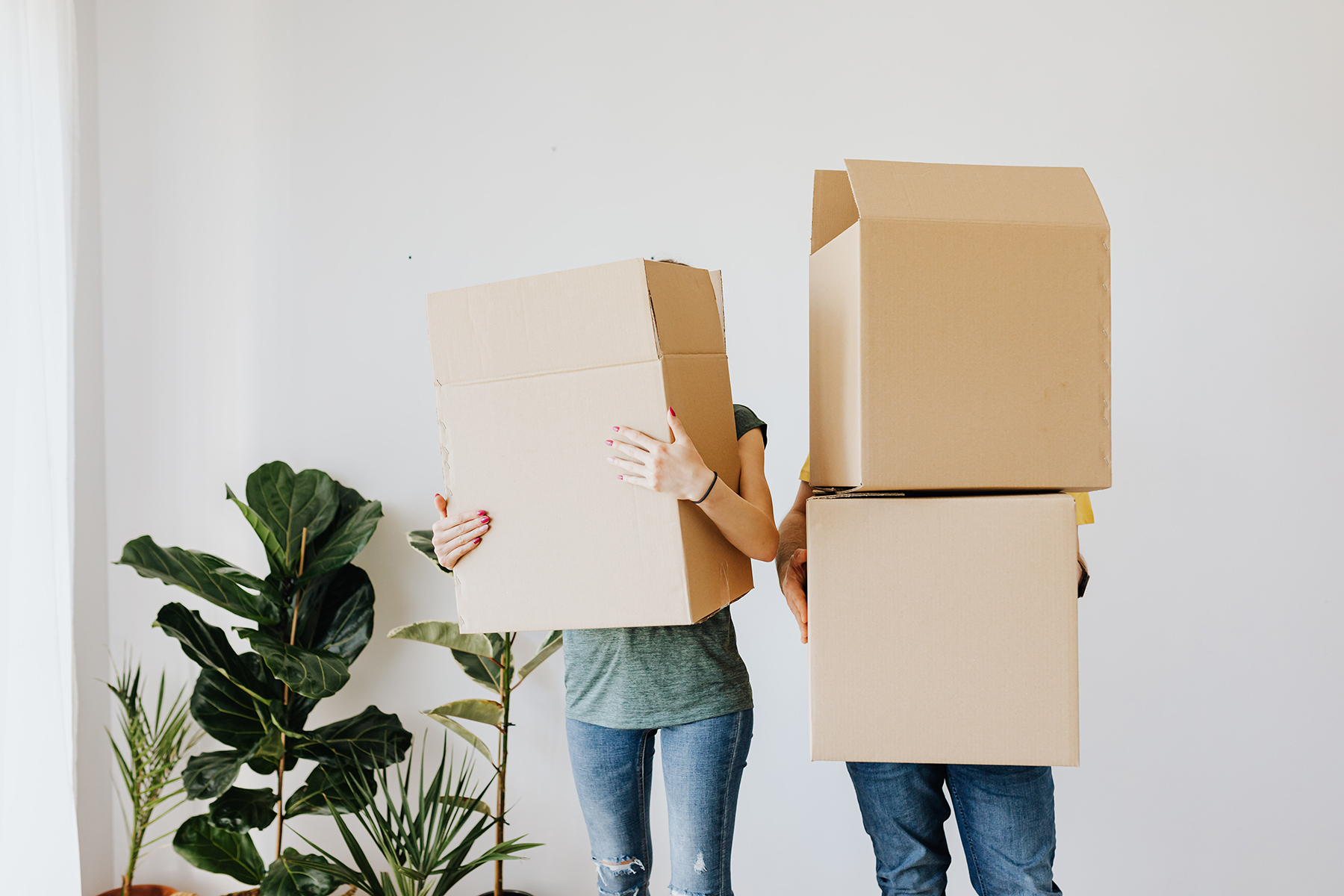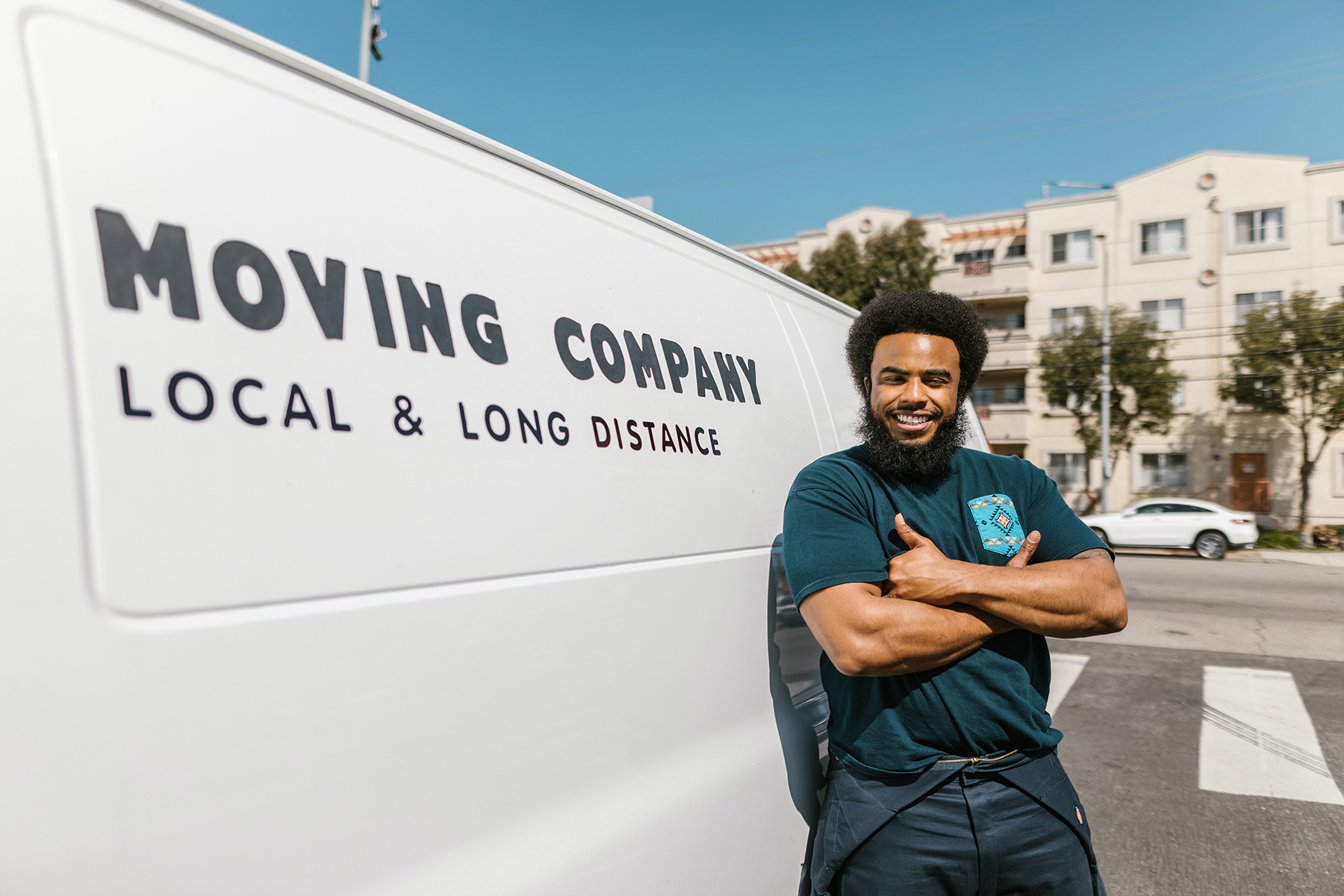Here are the expert tips if you are moving into a new house

Moving house is one of the most stressful things in life. It can be daunting, but it doesn’t have to be overwhelming. With a little preparation and the right approach, you don’t have to feel discouraged. We asked relocation experts for their top 10 tips to ease the pain of moving, so that you can get through it and look forward to your next chapter.
1. ALWAYS START EARLY
Sue Carter, Relocation Services Australia’s managing director, says, “After you make the decision to move, allow yourself four to six weeks for organization.” Start by calling a removal company to arrange early delivery of boxes or packing materials. Pack items that you don’t use often as soon as possible. James Morrell, CEO of Muval and co-founder, says: “The sooner you start comparing removalists close to you, the better you’ll be able to find availability for the date and time you want, as well as the budget you need.”
It’s also a good idea to book a skip if you think you’ll need to get rid of a lot, and to donate or pass on anything you don’t need. Carter says: “Create an inventory of all your belongings, making note of fragile items that need special care when they’re being moved, and any scratches or dents on furniture. Measure rooms and doorways in your new home to ensure furniture will fit, particularly the fridge.

Three weeks from now, notify the Electoral Office about your new address. Also, update your driver’s license and car registration. Your mail should be held or redirected. Gather family and pet records as well as school, dental, and prescriptions, if needed. Two weeks before the deadline, you can start to use up food from your freezer and pantry.
Plan for the care of pets and children on moving day. Arrange for time off work. Make a DIY kit from basic tools and first aid supplies. Book cleaners should be brought to the new address one week prior to the move. Arrange for final readings of your electricity and gas meters, and reconnections at the new address.
Dismantle your furniture – always taking care to tape screws in an obvious location. Prepare a ‘survival box’ with a kettle, tea and coffee, disposable cutlery and paper plates, phone and laptop chargers, tools and school supplies. Water your indoor plants lightly and pack them into plastic-lined boxes. And don’t forget to back up your computer files.”
2. GET DOWN TO DECLUTTERING
Amy Revell, professional organizer, and decluttering coach from The Art of Decluttering says, “When you pack for moving, you handle every item in your home.” Don’t miss the chance to do a thorough clean-out. Do these items add value to my next stage in life? Take a look at one room at a time, including the garage. Sort items into three categories: keep, store, and bin. You should also get your kids involved in sorting their stuff.
3. SEEK THE BEST BOXES
Naomi Findlay, a renovation and design expert who has relocated nine houses in her career, says that moving boxes must always be built with a solid base to prevent any damage or falling out of the bottom. I prefer cardboard over plastic tubs. They can break and become brittle, leaving sharp edges. Dotorg’s chief organizer and psychologist Etty Matalon recommends that you order 150 boxes in two sizes to fit a four-bedroom house with two or three children. Carter says that boxes can be included in the removalist fee. However, if they are not, it is possible to hire them separately. Boomerang Box and Eco Move will drop off your plastic packing boxes, and then pick them up when you’re done.
4. PACK BY WEIGHT
Revell says to pack light items such as clothing, linen, toys, in the largest boxes. Heavy items like books and dinnerware are in the smaller boxes with the heaviest at the bottom. Mark fragile items clearly. Carter suggests that you start with the least used items and work your way down to those you use frequently when it comes to your packing strategies. Findlay says that labeling boxes by category and room make it easier to unpack at the opposite end. Label boxes from the sides, not the top. This allows you to see what’s inside the boxes when they are stacked. You can tape everything with a roller gun, which is much faster than using scissors. Carter suggests that you pack precious items such as jewelry and important documents separately and then transport them yourself.
5. OUTSOURCE YOUR PACKING
Professional packers are a good option if you have limited time or a tight budget. They are highly trained and will ensure your items are safe for transportation. Ryan Cameron, Conroy Removals’ group relationship manager, says that you can also arrange unpacking services for the other side. Although prices vary, he said that professionals can usually pack up a house with three bedrooms in one day. They will also supply all the necessary packing equipment, including rolls of bubble wrap and rolls of tape.
6. KEEP MUST-HAVES CLOSE
“Pack an essentials bag or box for each family member to get you through the first couple of nights in your new home before you’re fully unpacked,” says Findlay. “Fill it with pyjamas, toiletries, medications, clothes for the next day or two, pet essentials, the kids’ school supplies and favourite toys,” says Matalon.
7. SPEED UP THE PROCESS
Cameron says there are many things you can do in order to speed up the process and decrease the time it takes. First, schedule an inspection before the move. This is a great way for removalists to assess whether extra labor is required or if there are any restrictions. Platforms like Muval allow you to do a video inspection and then send that information to nearby removalists via their website. This will help you get the best deal based on your inventory.
They can also inspect their trucks to determine which size they will use for the day. Also, consider what you are willing to transport yourself. You might be amazed at how much you can transport if you have the keys to your new house before you move day. He advises that you have all furniture and appliances removed, all boxes sealed and packed, and all electricals disconnected before the movers arrive. You may need to hire a lift if you live in an upstairs apartment. Ask your movers to tell you the dimensions of their vehicles and find a parking spot close to your home. Morrell of Muval says: “Find a removalist that charges only for the time they use on a given day to save money if your job involves a lot more heavy lifting.”
8. STICK TO SIMPLE MEALS

9. UNPACK STRAIGHTAWAY
10. OFFER A FRIENDLY WELCOME

Revell says that leaving a box of chocolates, a bottle of wine, and a note with helpful information about the house is a nice gesture. You could also give the numbers of any trusted electrician or plumber you have used previously and that you were satisfied with. Also, a few menus from local restaurants. You should also leave any warranties and manuals for fixtures like the dishwasher, oven, and air conditioner. You can’t bring them.
